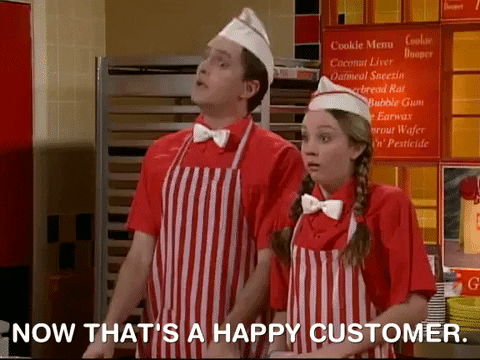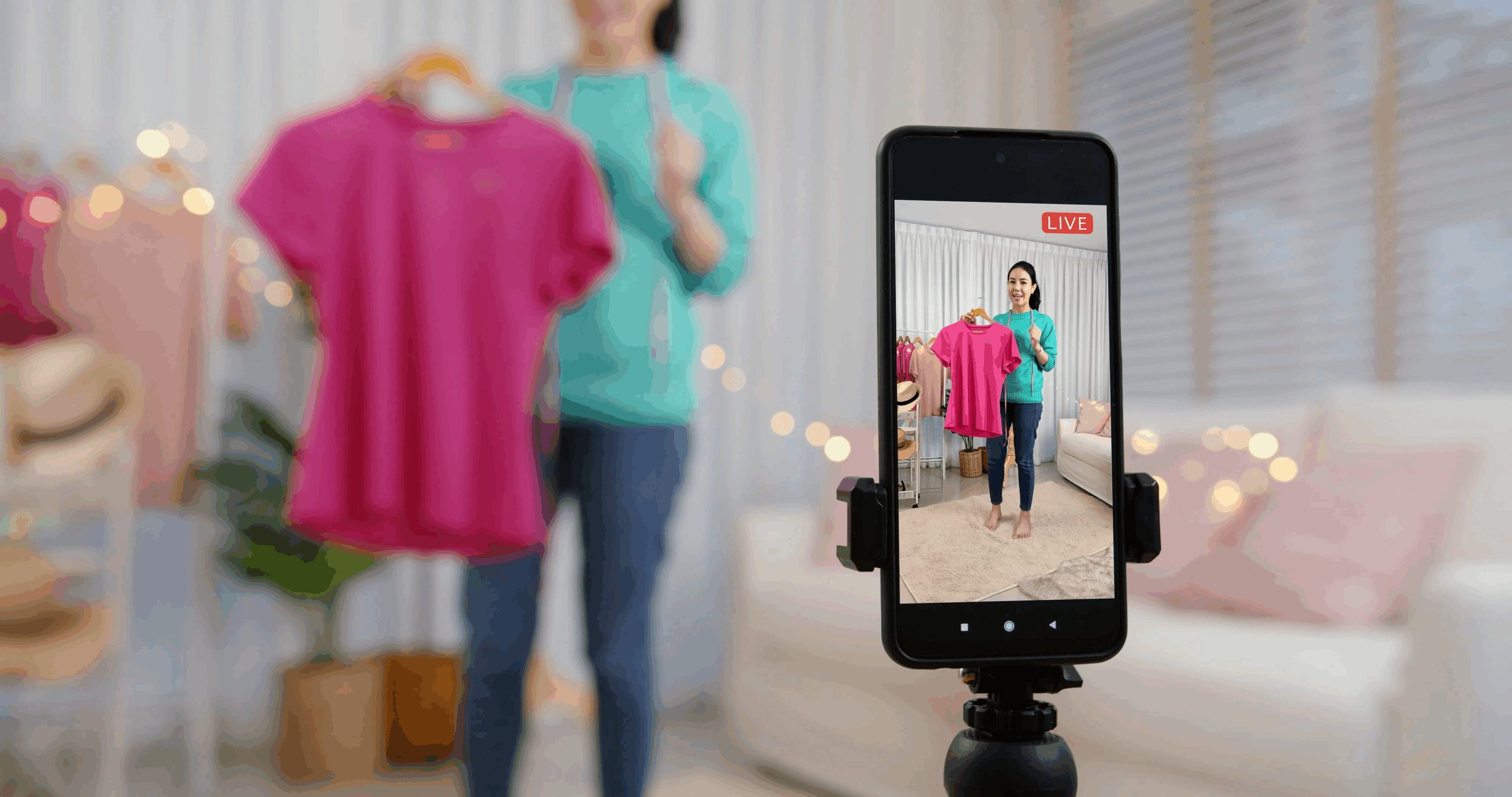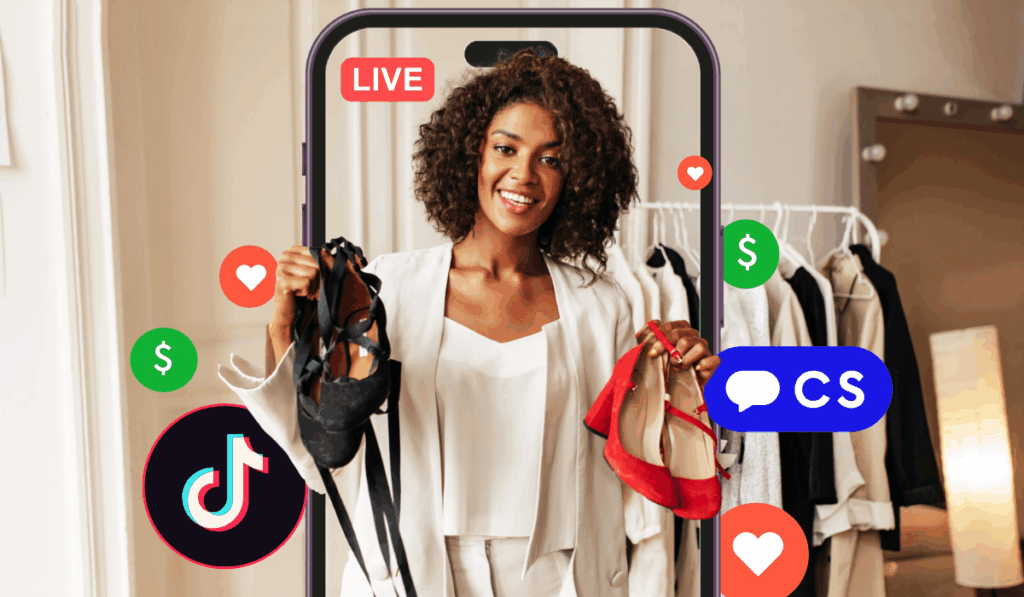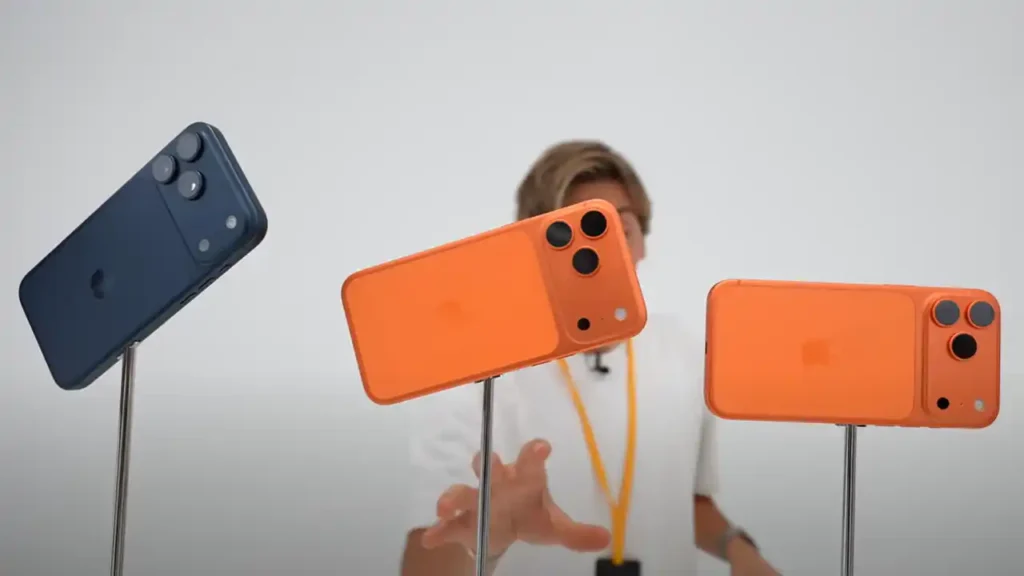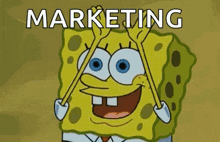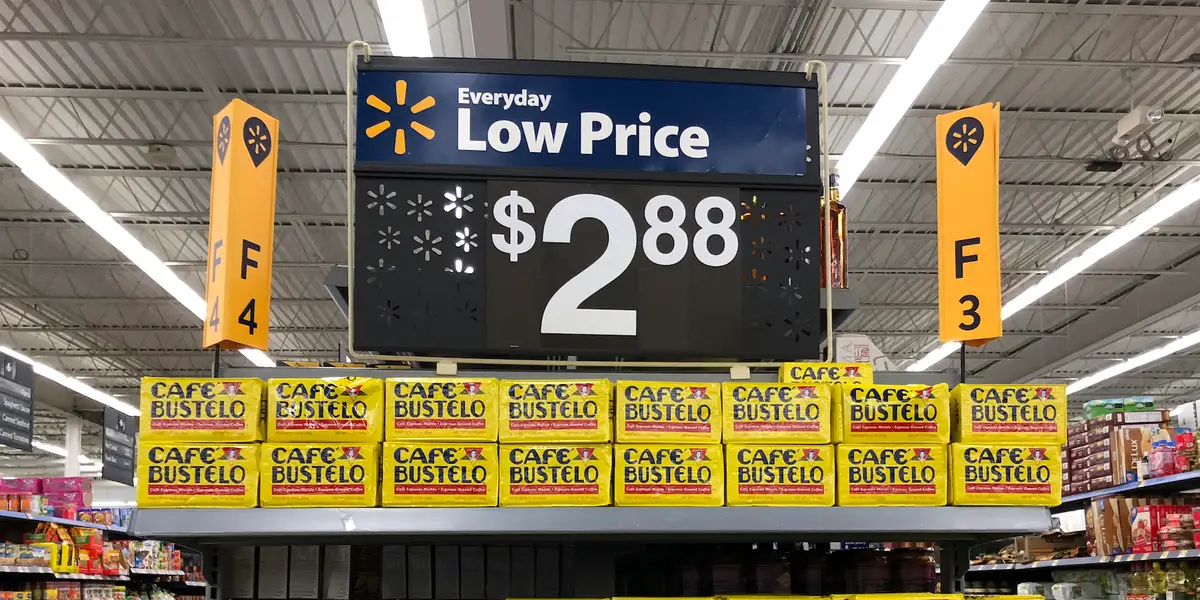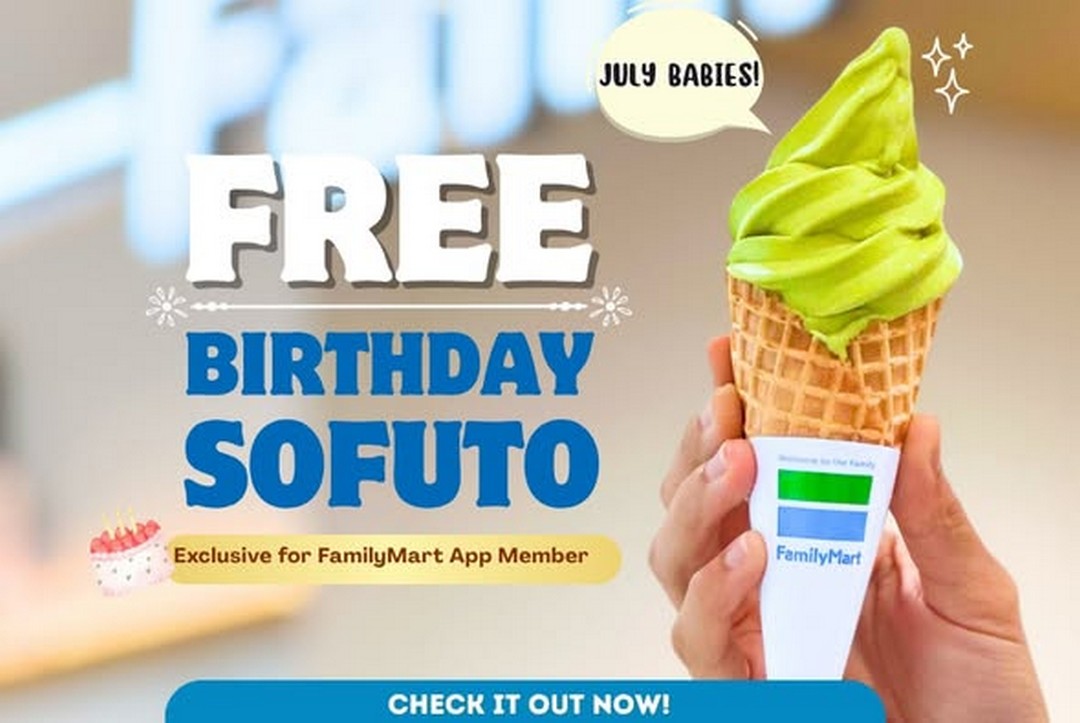When it comes to digital advertising in Malaysia, two names dominate the game — Google Ads and Facebook Ads.
Both platforms help businesses reach new customers online, but which one actually converts better?
Let’s break it down.
⚙️ 1. How Each Platform Works
Google Ads is intent-based marketing — people search for what they already want.
Example: Someone types “business loan Malaysia” or “aircond repair near me”.
If your ad appears at that moment, you’re already halfway to a sale.
Facebook Ads, on the other hand, is interest-based marketing.
You’re showing ads to users based on their interests, behaviour, and demographics — even if they weren’t actively looking for your product.
It’s great for brand awareness and impulse decisions.
💡 2. Audience Targeting
| Feature | Google Ads | Facebook Ads |
|---|---|---|
| Targeting | Keywords, intent, location, device | People are ready to buy |
| Best For | “Buy a laptop online Malaysia” | Building brand awareness |
| Example | “Buy a laptop online in Malaysia” | Showing laptop ads to tech lovers |
👉 Verdict:
- Use Google Ads when you want high-intent leads (people searching now).
- Use Facebook Ads when you want to build attention and engagement before they search.
💰 3. Cost and Conversion in Malaysia
In Malaysia, Facebook Ads typically have a lower cost per click (CPC) — ranging from RM0.50 toRM2.00.
However, Google Ads clicks can range from RM1 to RM10+, depending on your keywords and competition.
However, conversion rate tells a different story:
- Google Ads often brings more ready-to-buy leads (3–6% conversion rate).
- Facebook Ads can have lower intent, around 1–3% conversion, unless your creative is very strong.
👉 Verdict:
Facebook = cheaper traffic.
Google = better conversion quality.
📈 4. When to Use Each Platform
| Business Type | Recommended Platform | Why |
|---|---|---|
| Local services (plumber, salon, clinic) | Google Ads | People search directly for help |
| Retail or e-commerce | Facebook Ads + remarketing on Google | Combine both for discovery + intent |
| B2B / Corporate services | Google Ads | Higher-value, search-driven |
| New brand launch | Facebook Ads | Build awareness fast |
🧩 5. The Best Strategy? Use Both Together.
The truth is, the most successful Malaysian businesses use both Google and Facebook Ads together.
- Use Facebook Ads to create interest and attract new audiences.
- Use Google Ads to capture demand when those same people start searching later.
That’s how you get full-funnel conversions — awareness ➜ interest ➜ action.
🚀 Final Thoughts
If you want fast, high-quality leads, Google Ads is your best bet.
If you want to grow your brand and reach more Malaysians affordably, Facebook Ads is more suitable.
But for the highest ROI, the smartest move is to combine both and let data decide where to scale.




